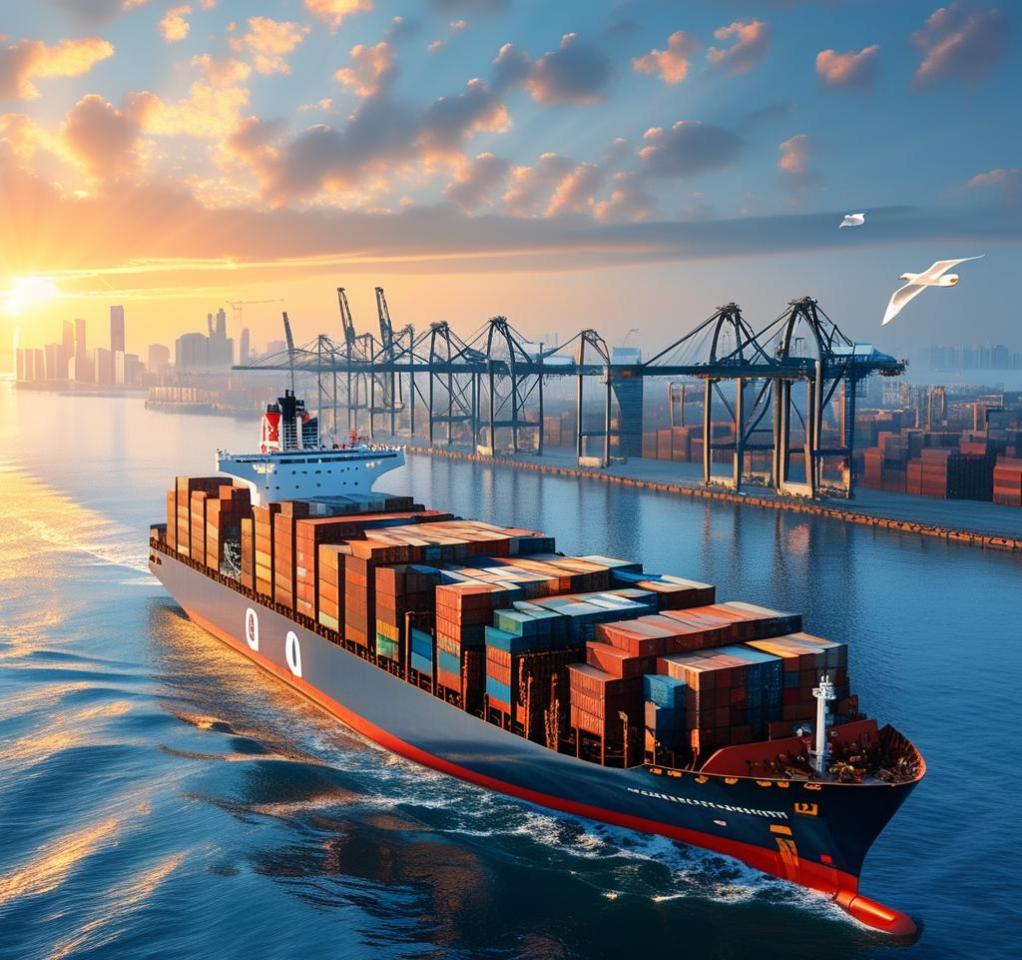- By TOP CHINA FREIGHT
- August 1, 2025
- Shipping
When it comes to international trade and global supply chains, the term “Country of Origin: China” appears frequently on shipping labels, customs forms, and product documentation. But what does it truly mean, and why is it important? This article explores the definition, importance, and implications of having China as the country of origin on goods.

1.What Does “Country of Origin: China” Mean?
Country of Origin (COO) refers to the country where a product is manufactured, assembled, or substantially transformed. When a product is labeled “Country of Origin: China”, it signifies that the product was entirely or predominantly made in China, according to the rules defined by customs authorities.
2.Why Country of Origin Matters
Import taxes and duties are heavily influenced by a product’s origin. Countries often have specific tariff rates for products imported from China. Trade agreements (or lack thereof) also impact the applicable charges.
Products must carry accurate COO declarations for customs clearance. Mislabeling can lead to penalties, seizures, or delays.
Most countries mandate clear labeling of the country of origin. For example, the U.S. requires products from China to be marked “Made in China” visibly and legibly.
Many buyers consider the origin when assessing quality, safety standards, and ethical practices. Products from China are often associated with cost efficiency, though buyers may be concerned about counterfeit goods or environmental impacts.
Countries may impose anti-dumping duties or import restrictions on certain Chinese goods. Accurately declaring the origin helps importers navigate these challenges legally.
3.How Is Country of Origin Determined?
Determining origin is not always simple. International customs authorities use several rules, such as:
| Rule Type | Description |
|---|---|
| Wholly Obtained Rule | Used when a product is entirely produced in one country (e.g., agricultural goods). |
| Substantial Transformation | If components from multiple countries are used, the country where the product underwent a major transformation is considered the COO. |
| Value-Added Content | Some countries consider the proportion of value added in manufacturing. |
For example, if electronic parts from different countries are assembled into a working smartphone in China, the phone may be marked as “Country of Origin: China”.
4.Documents Related to Country of Origin
To verify and declare a product’s origin, the following documents are commonly used:
- Certificate of Origin (COO)
Official document issued by a trade body or chamber of commerce that certifies where a product was made. - Commercial Invoice
Includes COO information and is required for customs clearance. - Packing List
Lists goods in a shipment and often includes the origin for each item.
5.Country of Origin: China in Global Supply Chains
China remains one of the world’s leading manufacturing hubs, especially for:
- Electronics and tech components
- Textiles and garments
- Machinery and tools
- Consumer goods and toys
Products with “Country of Origin: China” are widely distributed across North America, Europe, Africa, and Asia, serving retailers, factories, and individual consumers.
Final Thoughts
The phrase “Country of Origin: China” is far more than just a label—it carries weight in customs compliance, international tariffs, and consumer perception. Whether you’re a buyer, seller, or freight forwarder, understanding and correctly declaring the country of origin is crucial for smooth global trade operations.
If you’re involved in importing goods from China, working with an experienced freight forwarder in China can help ensure accurate documentation and compliance with all origin-related regulations.
Need a Shipping Quote?
Click below to get a free, no-obligation quote from TJ China Freight.
We’ll respond within 24 hours with the best shipping options for your cargo.
FAQ:
Q1:Is “Made in China” the same as “Country of Origin: China”?
Yes, “Made in China” is a common phrase used on product labels to declare the country of origin.
Q2:Can I change the country of origin label if I repackage in another country?
No. Repackaging or minor changes don’t change the COO unless the product undergoes substantial transformation.
Q3:Why are some goods relabeled to avoid stating China as the origin?
Some importers attempt to avoid tariffs or consumer backlash by changing labels, but this is illegal and can result in severe penalties.
